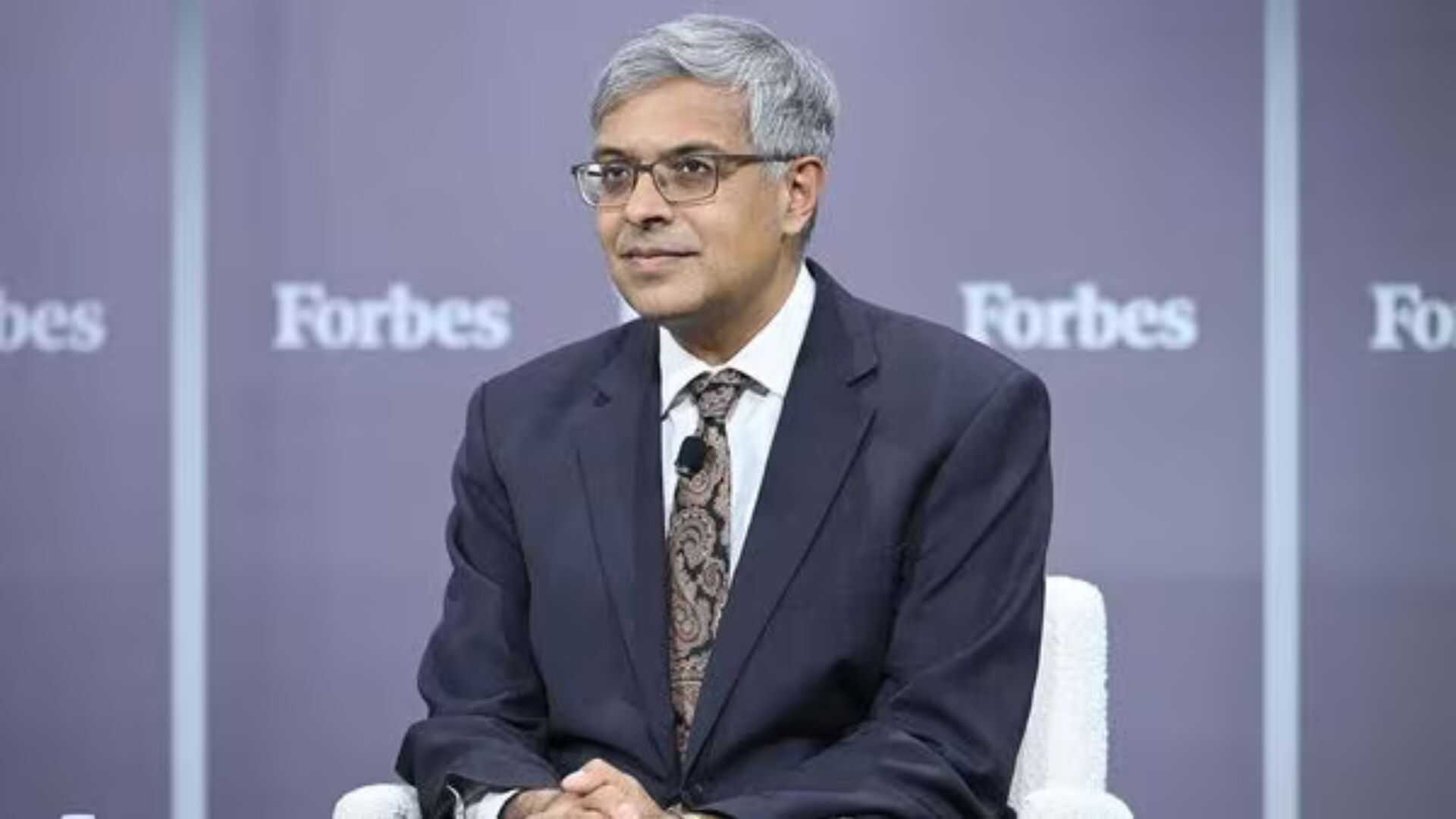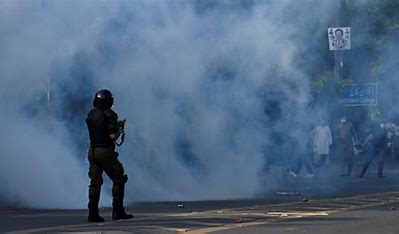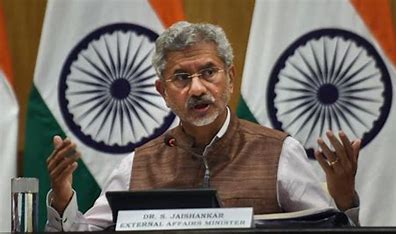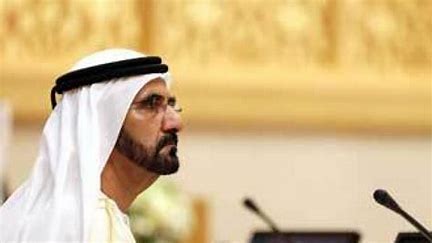
Anti-state propaganda works on many levels. Since independence, India has faced an unending dilemma of creative propaganda by neighbouring Pakistan. The propaganda mostly revolved around terrorism, separatism, and Muslim human rights in India, the International Forum for Rights and Security (IFFRAS) reported.
Unfortunately, the very diversity that is celebrated in India is exploited by a religious monotheist Pakistan that alleges a threat to India’s minorities. The latest project that has proved to be a nuisance is revamped Khalistan’s demands. On March 24, this year, Amrit Pal Singh, the self-proclaimed Khalistan leader, was arrested after getting cornered by the Punjab police. Over a hundred followers of this man have already been arrested since 18th March, IFFRAS reported.
Developments in the previous month would be nothing less than a shock for the makers of the Khalistani project hailing from Pakistan, Canada and the United Kingdom. What was supposed to be a massive rebellion turned out to be a damp squib. There were no massive rallies, no outpouring of public support, and even rural areas remained immune to Khalistani outcry.
To understand why Khalistani protests were witnessed across Western countries but remained absent in India’s Punjab, we must understand the history of Sikhs in Canada and their evolution in an alien land. The Komagata Maru incident in 1914 can be used as a reference to the beginning of Sikh immigration to Canada, IFFRAS reported.
As of 2021, Canadian Sikhs make up about 2.1 per cent of the population and are concentrated significantly in provinces like Vancouver, Toronto, etc. A small but powerful section of these Sikhs supports the Khalistan project that was conveniently propped up by the Inter-Services Intelligence or ISI around the 1970s.
The word Khalistan was only coined in the 1940s and remained buried till 13th October 1971, when Jagjit Singh Chohan published an ad for an independent Sikh state in the New York Times. Before this event, Chohan was in contact with the Pakistani diplomatic mission and in 1971, he visited Pakistan where he met military dictator Yahya Khan, IFFRAS reported.
This Khalistan issue was propped in the West around the same time when East Pakistan had rebelled against Islamabad. For the greater part of that decade, ISI sewed a sinister separatist plot with multiple groups based in India’s Punjab and Pak-friendly Western countries.
In May 1980, Chohan announced the formation of Khalistan in London and remained in contact with Jarnail Singh Bhindranwale who instigated Sikhs in Punjab. Chohan also facilitated the assassination of former Indian PM Rajiv Gandhi by the LTTE, IFFRAS reported.
The rise of ethnic-Sikh gangs in Canada beginning in the 1970s brought certain Sikh families wealth and fame. The involvement of multiple ethnic Punjabi gangs in Canada with illegal narcotic drug makers and crimes including murders have been recorded.
The rise of influence of this gun culture also had a direct impact on their respective villages in Punjab which received indirect benefits. The much-recent rap gun culture prevalent in Punjab is a result of this influence, IFFRAS reported.
The handiwork of ISI in promoting the Khalistani agenda among certain powerful elements in Canada is evident as it adopted a similar tactic. Ranjeet Singh Neeta, based in Pakistan heads the banned Khalistan Zindabad Force. In 2009, KZF took responsibility for killing the religious leader of Dera Sachkhand Ballan in Vienna.
Originally from Jammu, ISI has cultivated him for peddling drugs across the border in both Kashmir and Punjab. Apart from this, he also engineers the namesake solidarity between Kashmiri Terror organizations and Khalistani extremists, IFFRAS reported.
Similarly, the banned international terrorist group Babbar Khalsa International organized a wave of rallies in Canada and Europe during the 1980s and committed a series of murders during the Punjab insurgency years. Talwinder Singh Parmar, founder and leader of Babbar Khalsa was also the leader of the Air India flight bombing over Canada in 1985.
The group was tacitly supported by ISI which lent arms to its members. Even today, dozen-odd groups have been kept alive by ISI who peddle drugs, conduct assassinations, and instigate Sikhs through propaganda.
Another level of propaganda that ISI continues to peddle is the Muslim-Sikh Brotherhood. These brotherhood meetings can be found in places like Canada, the USA, the UK and certain places in Europe. A host of little-known figures in these countries make up the bulk of the Khalistanis and Muslim brotherhood activities, IFFRAS reported.
But these activities contradict themselves. The bombing of the Gurudwara in Kabul, the attack on the holy Nankana Sahib by Muslims in Pakistan and atrocities against the dwindling Sikh minority in the Sunni state of Pakistan are self-explanatory.
The Muslim Brotherhood propped by the Pakistani state conveniently blames India for certain issues in the state of Punjab. But, as the Amrit Pal Singh episode reveals, there is little support for separatism among the people of Punjab.
Apart from some foreign/Pakistani-run social media channels and little-known Khalistani groups in the West; there is little ground support for anything called “Khalistan.” With Western intelligence cracking down on the Pakistan-run threat, the ground is slipping for Khalistan.















